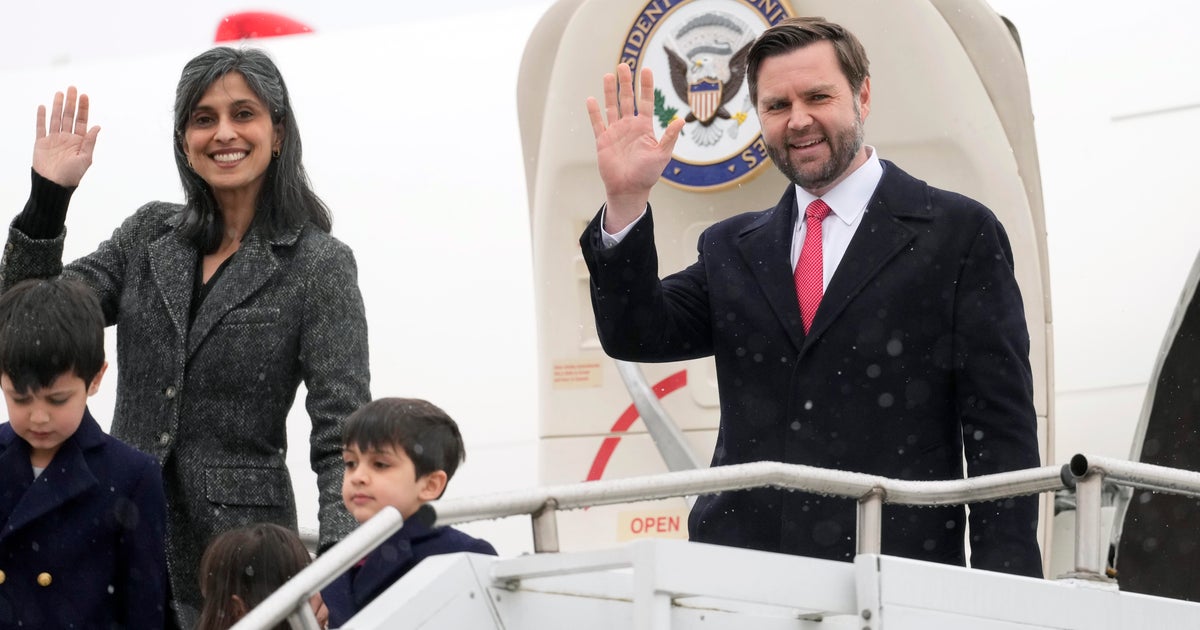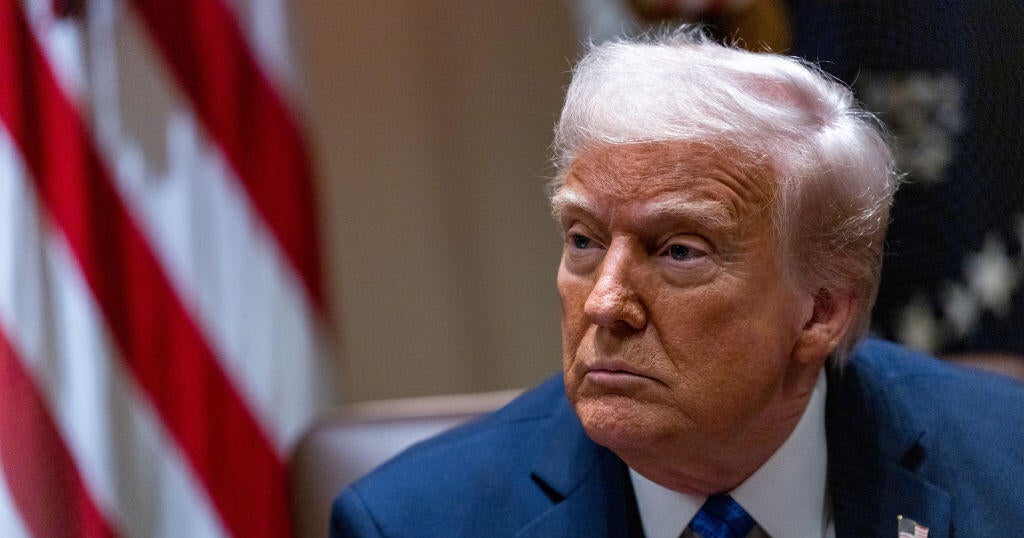Here's what shuts down in a (partial) government shutdown
Washington — The government officially entered a partial government shutdown at midnight Saturday. The House and Senate failed to come to agreement on President Trump's $5 billion border wall, and Mr. Trump declared last week he'd be "proud" to shut down the government to get it.
On Wednesday, it seemed possible he'd sign a bill that didn't explicitly fund his wall and find money for it elsewhere, but that idea evaporated Thursday under pressure from conservative Republicans, who advised him that it would look like he was caving on his campaign promise to erect the wall.
Democrats in Congress don't want to spend more than $1.6 billion on border security. The Senate initially passed a bill without the wall funding. But Republicans in the House passed a stopgap bill Thursday night that inserted $5 billion for the wall, a move that means the Senate will have to vote again on the measure. It has no chance of passage, since the bill needs 60 votes to pass, and there is no Democrat who will support the wall funding.
Meanwhile, the president was expected to head to Mar-a-Lago for his more than two-week holiday vacation, but he stayed in Washington while first lady Melania Trump and their 12-year-old son Barron went along without him.
This is the third shutdown under Mr. Trump's presidency, following two very brief shutdowns over the span of one month earlier this year. Before Mr. Trump took office, no shutdown had occurred when one party controlled the House, Senate and White House since the 1970s, when the federal government shut down under Jimmy Carter.
When did the government shutdown start
This is a partial government shutdown. A number of departments and agencies are funded through September 2019, thanks to previously passed appropriations bills. Funding that expires after Dec. 21 covers the Department of Homeland Security, the Justice Department, the State Department, the Interior Department, the Departure of Agriculture and the Department of Housing and Urban Development, among some other federal entities.
In the event of a shutdown, the Office of Management and Budget — the office still run by incoming acting White House chief of staff Mick Mulvaney — issues guidance to each agency and each agency would develop its own shutdown plan. In a shutdown, federal agencies must halt all "non-essential" discretionary work and so-called non-essential employees must stay home until new funding legislation is signed into law.
The shutdown will last until both the House and Senate pass a funding bill, and the president signs it.
Which government services will continue
- The U.S. Postal Service would still operate, and mail would be delivered as usual.
- Transportation Security Administration (TSA) agents would still work, and air travel would continue virtually unaffected. Holiday travel could continue as planned.
- Social Security checks would be mailed as planned. Social Security doesn't fall under one of the affected departments anyways, but even if it did, those checks would be unaffected.
- Medicare and Medicaid coverage would continue unaffected.
- Special counsel Robert Mueller's investigation would go on unimpeded.
- Customs and Border Patrol agents at the border, and U.S. troops deployed to the border, would still work as usual. They just wouldn't get paid at the time.
- The Smithsonian announced that its museum and the National Zoo will remain open through Jan. 1 by using prior-year funds.
What government services will stop during the shutdown
- The U.S. Department of Agriculture would close down state and local farm service centers across the country, according to a report from Democrats on the Senate Appropriations Committee
- The Federal Housing Administration would see slowdowns in loan processing and approvals, and new loan applications may be halted altogether
The government services that could close
- The National Parks Service is not fully closing down, but its services will be pared back. National Park Service Chief Spokesperson Jeremy Barnum said in a statement: "In the event of a government shutdown national parks will remain as accessible as possible while still following all applicable laws and procedures. For example, this means that roads that have already been open will remain open (think snow removal) and vault toilets (wilderness type restrooms) will remain open. However, services that require staffing and maintenance such as campgrounds and full service restrooms, will not be operating."
- Arizona Gov. Doug Ducey said that the Grand Canyon will remain open regardless of a government shutdown. "We have a plan in place and we're ready to go. If you have plans to visit the Grand Canyon over the weekend, keep 'em," he said.
- NORAD announced that if a government shutdown occurs, the annual NORAD Tracks Santa tradition will continue. "Military personnel who conduct NORAD Tracks Santa are supported by approximately 1,500 volunteers who make the program possible each and every year," NORAD said in a statement.
What happens to federal employees during shutdown
More than 420,000 federal employees would have to go to work without pay, according to that report from the Senate Appropriations Committee. The committee estimates that includes:
- More than 41,000 law enforcement and correctional officers
- Up to 88 percent of Department of Homeland Security employees
- Up to 5,000 Forest Service firefighters
On top of that, more than 380,000 federal employees would be furloughed — meaning, sent home without pay — the committee estimates. That includes:
- Roughly 86 percent of the Department of Commerce staff
- About 96 percent of NASA employees
- About 52,000 IRS workers
- Roughly 95 percent of Housing and Urban Development employees
Since it's unclear how long a shutdown would last, if one does indeed occur, it's unclear what kind of disruption there would be in federal employee paychecks. During the most recent shutdown in January 2018, the three-day shutdown over the weekend wasn't quite long enough to delay paychecks.
Congress isn't required to pay back pay to furloughed employees, but historically, they have.
"Our members are asking how they are supposed to pay for rent, food, and gas if they are required to work without a paycheck," David Cox, the president of the American Federation of Government Employees, said in a statement. "The holiday season makes these inquiries especially heart-wrenching."
Ironically, a government shutdown, according to the Center for a Responsible Federal Budget, tends to cost more than keeping the government open does. Creating contingency plans costs resources, uncollected fees are lost, and furloughed employees typically get back pay anyways.
Timeline for a possible shutdown
Without approved funding legislation, there is no timeline for a shutdown.
The longest shutdown occurred during President Bill Clinton's time in office, also over the holidays — a 21-day shutdown from Dec. 15, 1995, to Jan. 6, 1996.
In the event of a shutdown, it's quite possible the issue wouldn't be resolved until the new Congress begins Jan. 3. Democrats will take control of the House then.
But as Senate Majority Leader Mitch McConnell said last week, "I'm just sort of hoping for a Christmas miracle here."
Grace Segers contributed reporting



